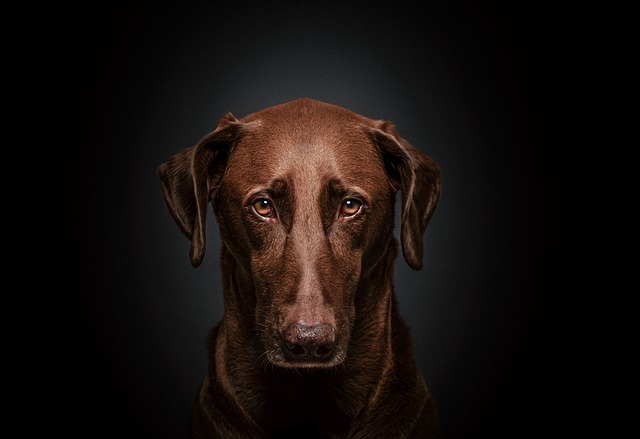
How can I tell if my dog's heatstroke is serious
Let’s be real: It’s a sticky August morning in Los Angeles, and you took your 2-year-old Golden Retriever, Max, for a walk a little later than usual
Pancreatitis can sneak up on even the most attentive dog owners, and knowing the signs could make all the difference for your pup. It often starts with small, easy-to-miss changes—maybe they’re less interested in their favorite treats, or they’re moving slower than usual. That lethargy might not seem like much at first, but when paired with other clues, it’s worth paying attention to.
One of the clearest red flags is sudden vomiting, especially if it happens repeatedly. Your dog might also turn their nose up at food they’d normally scarf down, and you might notice them acting uncomfortable after eating—pacing, or trying to lie in odd positions. Some dogs will hunch their backs like they’re in pain, a subtle but telling sign that something’s off internally.
Diarrhea, especially if it’s loose or has an unusual odor, can be another indicator. Keep an eye on their water intake too—pancreatitis often leads to dehydration, so they might lap at their bowl more than usual, or seem unable to quench their thirst. You might also feel a slight fever if you check their ears or paws, though this isn’t always obvious without a thermometer.
 It’s important to note that certain habits can up the risk. Sharing table scraps, especially fatty ones like bacon grease or leftover steak trimmings, is a common trigger. Overweight dogs are more prone too, so if your pup’s been carrying extra pounds, that’s something to discuss with your vet during regular check-ups. And while it’s tempting to give them a little something from your plate, those small indulgences can sometimes lead to big problems.
It’s important to note that certain habits can up the risk. Sharing table scraps, especially fatty ones like bacon grease or leftover steak trimmings, is a common trigger. Overweight dogs are more prone too, so if your pup’s been carrying extra pounds, that’s something to discuss with your vet during regular check-ups. And while it’s tempting to give them a little something from your plate, those small indulgences can sometimes lead to big problems.
If you notice these signs, don’t wait to act. Contact your vet right away—pancreatitis can worsen quickly, and early treatment makes a huge difference. They’ll likely run blood work and maybe an ultrasound to confirm, and they’ll guide you through next steps, whether that’s fluids, medication, or a special diet. Never try to treat it at home with over-the-counter meds; what’s safe for humans can be toxic for dogs, and you could end up doing more harm than good.
Preventing it starts with mindful feeding. Stick to their regular food, and ask your vet about safe treats if you want to spoil them. Keeping up with regular check-ups can also help catch issues before they turn serious, especially if your dog is older or has other health conditions.
Your dog can’t tell you when they’re hurting, but their body gives clues. Learning to spot these signs means you can be their best advocate—and get them back to chasing squirrels and napping in the sun in no time.

Let’s be real: It’s a sticky August morning in Los Angeles, and you took your 2-year-old Golden Retriever, Max, for a walk a little later than usual

You're enjoying a summer afternoon at the park when you notice your dog has stopped panting and appears disoriented - their gums are bright red

Let’s paint the picture: You’re in your Denver apartment, watching your 4-year-old Boston Terrier, Ruby, plop down mid-play session with her favorite toy

Many dog owners notice their pets nails seem shorter after regular walks,but how much does this daily activity actually help?The answer depends on where you walk—concrete sidewalks or asphalt streets gently file nails as a dog's paws hit the ground

Most dog owners notice their pup scooting across the carpet at some point, but few connect it to impacted anal glands. These small sacs near a dog’s rectum secrete a scent for marking territory

Most vets agree that regular dog teeth cleaning is key to avoiding painful dental issues later. For healthy adult dogs, a professional cleaning at the vet’s office every 12 to 18 months usually works well.